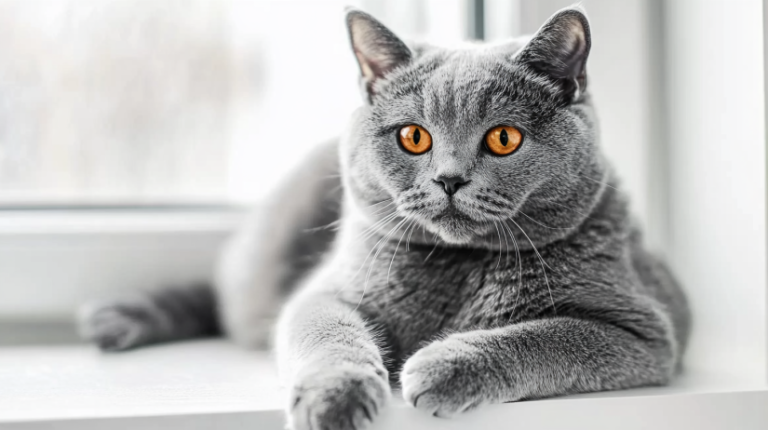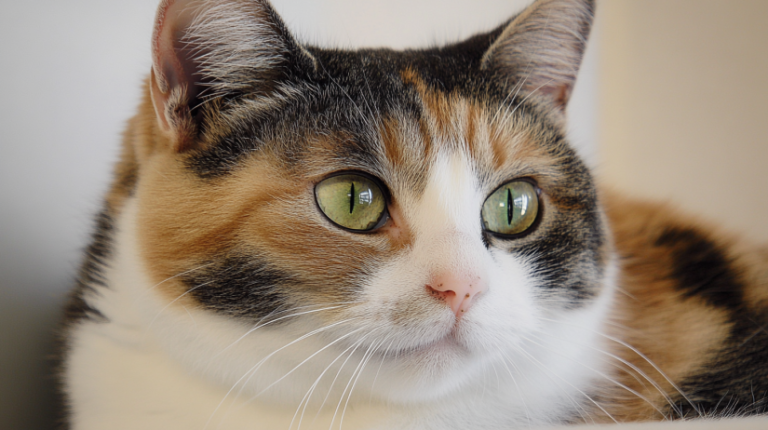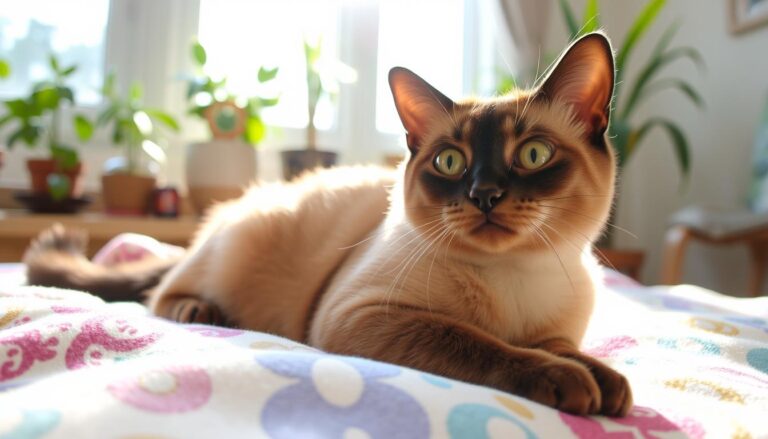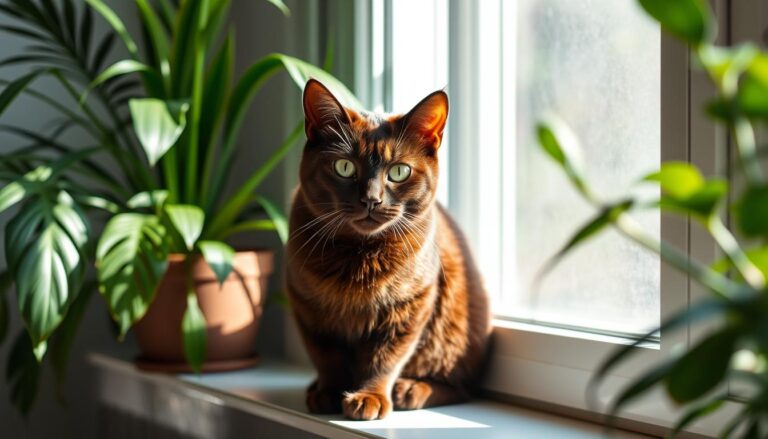Rusty-Spotted Cat: 9 Positive & Astonishing Facts
Introduction
Picture a cat so small that it can fit in the palm of your hand when fully grown, yet possesses the fierce independence and raw survival instincts of a wild predator. This is the rusty-spotted cat, a captivating species that has captured the attention of wildlife enthusiasts and conservationists alike. With a soft, silver-gray coat peppered by rusty markings, keen amber eyes, and agile movements reminiscent of a tiny panther, the rusty-spotted cat stands as a living testament to the remarkable diversity and adaptability of wild felines.
Maybe you’ve spotted pictures of these cats on social media or read about them in passing, curious about how they compare to domestic cats. Perhaps you wondered if the rusty-spotted cat might be some exotic, newly discovered species or even a possible pet. In this comprehensive guide, we’ll explore the background of the rusty-spotted cat, including how they live in the wild, their specialized diet, conservation status, and the ethical and legal complexities surrounding attempts to keep them as pets. Prepare to delve into a world where nature’s smallest wild feline prowls with silent grace through moonlit nights—where even the slightest rustle of leaves can mean an impressive predator is on the move.
Origins and Natural Habitat of the Rusty-Spotted Cat
Geographic Range
The rusty-spotted cat predominantly resides in South Asia, with established populations in India, Nepal, and Sri Lanka. More recently, sightings and camera-trap evidence indicate that small populations exist in parts of the Terai region or in pockets of deciduous forest. Their presence in these areas underscores their adaptability; they’ve been recorded in dense tropical forests, scrubland, or near cultivated fields.
Environmental Niche
Though physically tiny, the rusty-spotted cat navigates a wide array of ecosystems. Some thrive in moist evergreen forests; others inhabit drier, rocky regions where camouflage helps them remain undetected. Despite these varied habitats, they often favor areas dense with ground-level vegetation, which helps them stealthily stalk prey. This species also shows an uncanny ability to integrate into agricultural landscapes, especially if it can find rodents or birds for sustenance.
Coexistence with Humans
As urban sprawl and farmland expansions push into natural habitats, the rusty-spotted cat often ends up near human settlements—sometimes leading to conflicts with farmers or pet owners who worry about small livestock or poultry. In many regions, local communities might not even realize the existence of this elusive cat, mistaking it for a stray domestic feline. Nonetheless, some organizations are working diligently to educate locals on the significance of protecting such a unique and diminutive predator.
Physical Characteristics of the Rusty-Spotted Cat
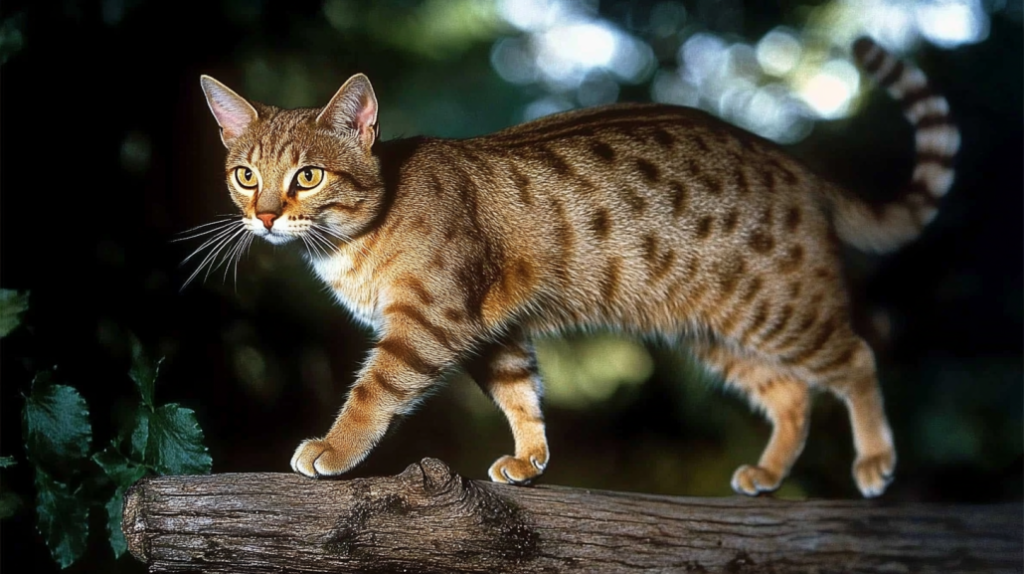
World’s Smallest Wild Feline
Often called the smallest wild cat on Earth, the rusty-spotted cat typically measures just 14–19 inches (35–48 cm) from nose to tail base, with a tail length of around 7–10 inches (18–25 cm). Adult weights usually range from 2 to 3.5 pounds, though some individuals can be slightly heavier or lighter. Because of their petite frames, one might initially confuse them with a large kitten from a domestic cat—until they exhibit their distinctly feral agility and keen hunting prowess.
Coat and Markings
The short coat generally appears grayish-brown or silvery, adorned with rusty or reddish-brown spots and streaks. These spots may be subtle, blending seamlessly with the base color to provide near-perfect camouflage in leaf litter. Typically, the underbelly is paler—almost whitish—and dotted with small dark specks. Over time, the spots can fade or intensify slightly, reflecting individual genetics and environment.
Sensory and Hunting Adaptations
- Eyes: Large relative to head size, offering sharp night vision crucial for nocturnal hunts.
- Whiskers: Extended whisker pads that enhance tactile feedback when navigating dense undergrowth.
- Limbs and Tail: Proportionately short but agile, enabling quick sprints and bursts of speed to catch small prey.
- Sharp Claws & Teeth: Fundamental for capturing rodents, birds, and small reptiles.
Table: Growth Timeline for Rusty-Spotted Cat Kittens (Approx.)
| Age | Approx. Weight | Developmental Milestones |
|---|---|---|
| 0–2 Weeks | 2–4 oz (at birth) | Eyes closed, reliant on mother’s milk, minimal movement |
| 3–4 Weeks | 4–6 oz | Eyes open, starting to explore surroundings briefly |
| 5–6 Weeks | 6–10 oz | Begin showing hunting instincts with small insects or toys |
| 2–3 Months | ~1 lb | Weaning off mother’s milk, more coordinated play, climbing attempts |
| 4–5 Months | ~1.5–2 lbs | Near juvenile stage, stronger predator instincts, potential independence |
| 6+ Months | ~2–3 lbs | Adolescence, refining hunting skills, nearing adult size and patterns |
(Note: These weights are approximate and vary by region, genetics, and nutritional status.)
Behavior and Lifestyle in the Wild

Primarily Nocturnal
In natural settings, the rusty-spotted cat typically operates under the cover of darkness—emerging at dusk or dawn to hunt rodents, small birds, or reptiles. During daylight, they rest in dense foliage, hollow logs, or abandoned burrows. Even in captivity, they might retain some nocturnal tendencies, though with enough engagement they can adapt to a human schedule to a small degree.
Solitary Nature
Like many wild felines, the rusty-spotted cat roams its territory alone, only uniting for brief mating periods or when raising young. Males and females maintain overlapping ranges, but direct confrontation is rare unless resources are scarce. Kittens remain with their mother for a few months before dispersing to find their own territory, employing stealth and cunning to claim a patch of habitat.
Diet and Hunting Tactics
This species predominantly consumes small rodents, birds, insects, frogs, or lizards. The rusty-spotted cat hunts by stalking prey and then launching swift attacks, relying on camouflage to creep close. Observers often remark on how they strike with surprising aggression relative to their diminutive stature—a testament to their wild ancestry.
Communication
They rely on scent markings (via urine or rubbing) to demarcate territories. Vocalizations tend to be minimal, typically short meows or growls. In captivity, some individuals can be more vocal or receptive to caretaker interactions, though always displaying that wild cat caution.
Captivity and Domestic Pet Considerations
Legal and Ethical Constraints
As a wild species, the rusty-spotted cat remains illegal or heavily regulated for private ownership in many regions. Even in locales where exotic pet laws are lenient, specialized permits, facility inspections, or wildlife sanctuary licensing might be mandatory. From an ethical viewpoint, trying to keep a wild cat in a typical home environment often leads to stress for the cat and potential safety risks. Reputable wildlife experts generally discourage private ownership, advocating that these tiny hunters should remain in the wild or in accredited sanctuaries.
High Behavioral Demands
In a domestic setting, a rusty-spotted cat might never fully adapt to the constraints of typical house life. They require:
- Spacious, naturalistic enclosures: Enough room to climb, hide, and replicate hunting behaviors.
- Specialized diets: Balancing raw or specialized commercial diets that meet exotic cat nutritional needs.
- Constant mental stimulation: Puzzles, rotating toys, or daily training sessions to prevent stress or aggression.
Failure to meet such demands could lead to self-harm, destructive tendencies, or hostility toward owners or other pets. This is unlike adopting a domestic cat such as a Maine Coon or Siamese—wild instincts persist strongly in the rusty-spotted cat.
Conservation and Captive Breeding
Some zoos or conservation programs coordinate captive breeding aimed at studying the species or potentially reintroducing offspring to bolster wild populations. However, these efforts are typically run by professionals—the general public is rarely equipped to handle the intricacies of maintaining genetically diverse breeding stock or ensuring the cat’s welfare. If you admire a rusty-spotted cat, supporting recognized conservation groups or visiting accredited facilities is more prudent than attempting private ownership.
Threats and Conservation Status
Habitat Loss and Fragmentation
Due to deforestation, agricultural expansion, and urban development across India, Nepal, and Sri Lanka, the rusty-spotted cat sees its habitat shrinking. These cats rely on dense ground cover—once that’s converted to farmland, they may lose both shelter and prey base. Even though they can adapt to certain agricultural areas, heavy pesticide use or conflict with farmers can hamper their survival.
Hunting and Poaching
At times, rusty-spotted cats fall victim to snares set for other animals or direct persecution if farmers blame them for poultry theft. Their small size makes them less of a trophy than bigger felines (like leopards or tigers), but accidental trapping or misguided attempts to keep them as exotic pets remain concerns. Some local communities might not differentiate them from feral domestic cats, leading to random culling.
Conservation Efforts
Organizations like the IUCN (International Union for Conservation of Nature) list the rusty-spotted cat under threatened categories—some data indicate they’re “Near Threatened,” though more research is needed. Many wildlife sanctuaries in India and Sri Lanka attempt to protect biodiversity that includes these small felines, raising awareness about the cat’s crucial ecological role in controlling rodent populations. International bodies also push for stronger anti-poaching measures and habitat preservation to ensure the survival of this petite but vital predator.
Caring for a Rusty-Spotted Cat in Captivity (When Legal and Ethical)
Specialized Enclosures
If you find yourself legally entrusted with a rusty-spotted cat (e.g., as part of a zoological or rehab program), prepare a spacious enclosure that mimics their natural environment:
- Climbing Structures: Poles, branches, or logs at varying heights.
- Hiding Spots: Dense foliage, hollow logs, or built dens for security.
- Enrichment: Rotating puzzle feeders, new scents, or vantage points to keep them mentally active.
Appropriate Diet
Their dietary needs include raw meats, potential supplementation with vitamins, and varied protein sources. Some rehabilitators feed a mixture of rodent or poultry-based diets. Checking with exotic animal vets or referencing specialized guidelines from recognized wildlife institutions ensures balanced nutrition.
Health Monitoring
Frequent check-ups with an exotic-animal vet are crucial:
- Vaccinations: Following local guidelines for rabies or other transmissible feline diseases.
- Parasite Control: Regular deworming or tick/flea prevention.
- Behavioral Assessments: Checking for stress, pacing, or abnormal aggression that might indicate enclosure or diet issues.
Socialization and Handling
Given their wild instincts, minimal direct handling is recommended unless necessary (e.g., medical checks). Some individuals, especially those raised from orphaned kittenhood, can develop moderate tolerance for caretaker presence. However, treat them as wild animals: respect boundaries and avoid forcing social interaction beyond what the cat accepts.
FAQs
Do these small wild cats show hostility toward humans?
They’re typically cautious and prefer escape over conflict. A rusty-spotted cat can scratch or bite if cornered or frightened. Proper handling and minimized stress reduce the risk of aggression.
Are these tiny felines suited for ordinary households?
Not really, as they retain wild instincts and need specialized setups. A rusty-spotted cat often feels stressed in normal homes. Conservation groups advise professional enclosures for their welfare.
What is their usual weight and body length?
They rarely exceed 3.5 pounds, significantly smaller than household cats. A rusty-spotted cat can measure 14–19 inches in length, tail not included. Their small form defines them as the tiniest wildcat globally.
rmland but still faces poaching and deforestation. Conservation efforts aim to protect habitats and reduce threats.
What’s their status on the endangered scale?
They’re near threatened, mostly from decreasing habitat. A rusty-spotted cat can persist around farms, but struggles with poaching and land clearance. Protective measures remain critical for their survival.
Are they fond of trees or water?
They’re proficient climbers, scurrying up branches with ease. A rusty-spotted cat typically avoids open water unless forced. Forest canopies and scrub areas suit their stealthy movements best.
What’s their typical lifespan?
They often survive 7–10 years in natural habitats. A rusty-spotted cat might exceed that in regulated captivity, maybe reaching 12 years. Health checks and balanced diets are key to extending longevity.
Conclusion
The rusty-spotted cat stands as a mesmerizing paradox: diminutive in physical form yet brimming with the fierce spirit of a true wild feline. While many cat lovers might be tempted by their mini size and adorable features, it’s vital to remember that these creatures remain best suited to their native habitats or specialized conservation and research programs. Despite being overshadowed by more famous big cats, the rusty-spotted cat plays an important role in local ecosystems, balancing small prey populations and reflecting nature’s incredible adaptability. Whether you admire them from afar or explore ways to support reputable organizations safeguarding their future, these tiny predators remind us that nature’s wonders often come in the smallest of packages. Ready to share your thoughts on the world’s smallest wild cat? Drop a comment below or discuss your insights about the rusty-spotted cat with fellow wildlife aficionados!
For more information on wildlife conservation and responsible exotic cat care, visit the
World Wildlife Fund (WWF)—a global organization dedicated to safeguarding species like the rusty-spotted cat through habitat protection, research, and public education.



